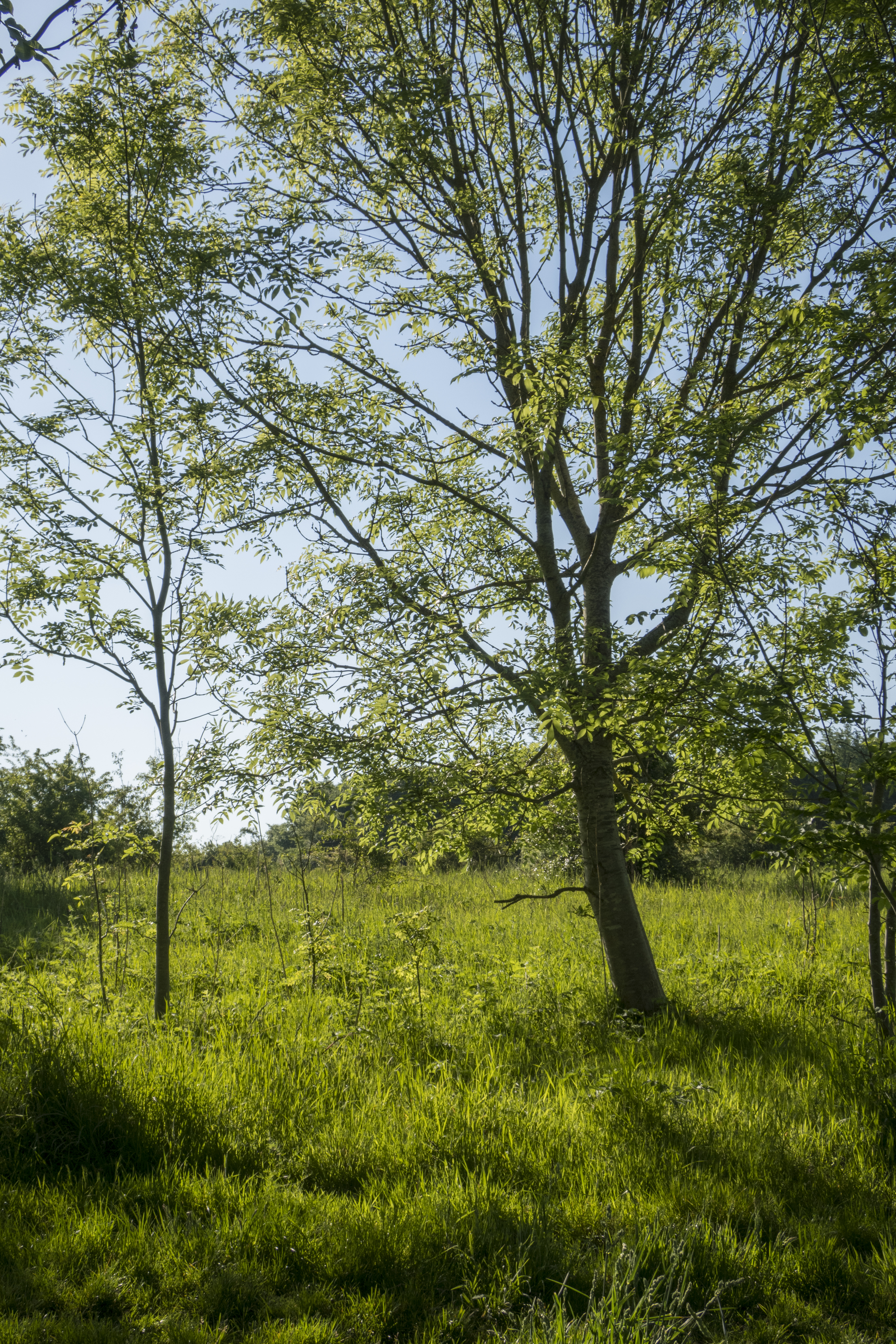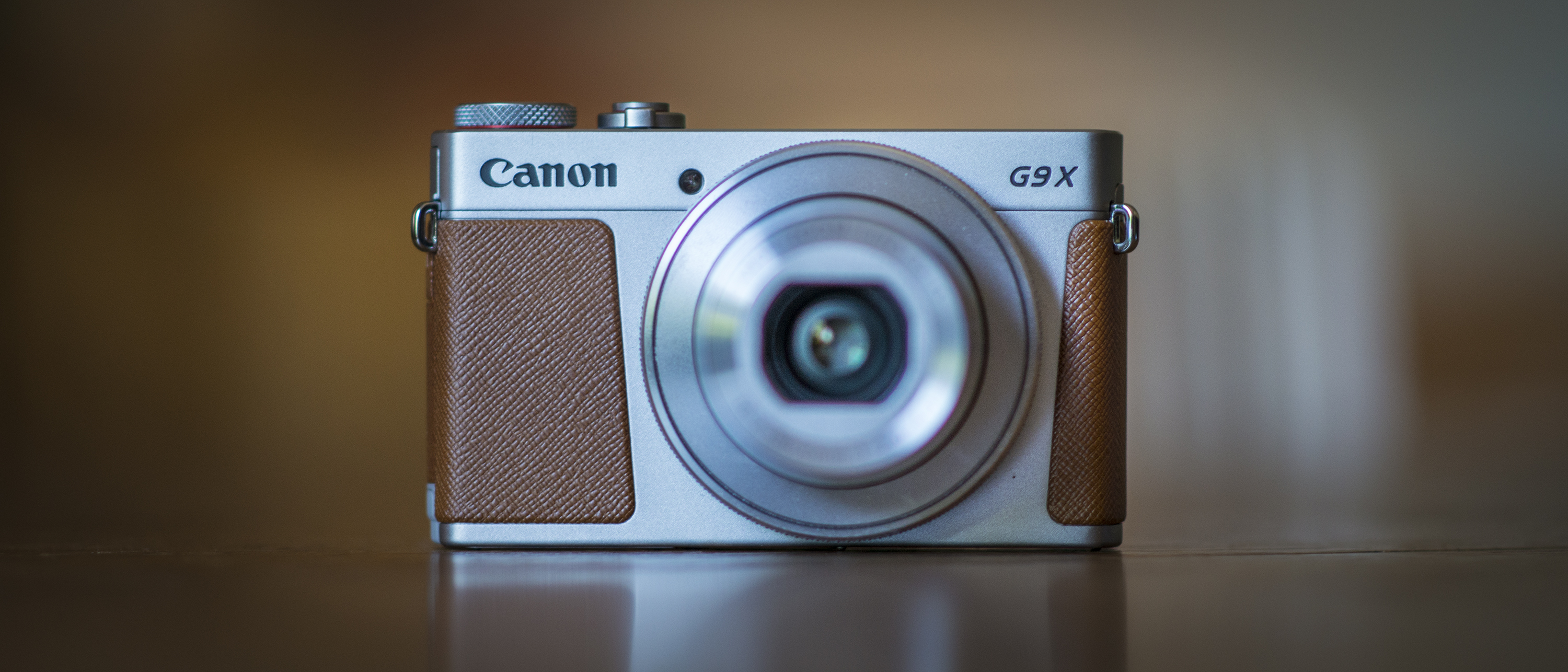Why you can trust TechRadar
Performance
- 8.2fps burst shooting
- USB charging if needed
- 235-shot battery life
For the most part, Canon's evaluative metering system inside the PowerShot G9 X Mark II does a decent job, producing accurate exposures under a range of lighting situations.
As we've found with other Canon cameras, though, there are times, if you have a particularly high-contrast underneath the active AF point, when the meter can get tricked and you may need to tweak the exposure. For the most part though, images are spot on.

It's a similar story with the G9 X Mark II's auto white balance, which copes well with mixed or artificial lighting, producing accurate colours in most situations, while the facility to shoot raw means colours can easily be corrected or fine-tuned in post-processing if desired.
The G9 X Mark II has a respectable battery life of 235 shots – a slight increase from the original G9 X's 220 shots – while there's also an eco mode that enables to squeeze 355 shots from the battery. If you're going to be on the move a lot, the G9 X Mark II can also be charged via USB (there's a Micro-B compatible port on the side of the camera), though you'll have to buy the lead separately. Otherwise, a charging pack and lead are supplied in the box.
Image quality
- ISO125-12,800
- Decent optical performance
- +/- 3 EV exposure compensation in 1/3-stop increments
With the same sensor as the G9 X, the G9 X Mark II didn't through up any nasty surprises in terms of image quality.
As we've come to expect from this 20.1MP sensor, images display excellent levels of detail, while colors are vibrant and pleasingly saturated.

As we've seen when comparing the G7 X Mark II to the original G7 X, the addition of the DIGIC 7 processor in the PowerShot G9 X Mark II delivers slightly better noise performance at higher sensitivities compared to the older model.
JPEG images look very good throughout much of the G9 X Mark II's native sensitivity range; only at the higher end of the range (ISO3200 and above) does image smoothing become an issue, with detail beginning to noticeably suffer in the service of suppressing image noise.
Raw files retain higher levels of detail at the top end of the sensitivity range, though some luminance (grain-like) noise is present.

To sum up, JPEGs are fine for general shooting, but if you want to take full advantage of what the G9 X Mark II's sensor is capable of at higher sensitivities, we'd recommend shooting in raw. This gives you the option to adjust the image in post-production, prioritizing noise reduction or detail preservation as you prefer.
Unlike some lenses that have a broader focal range to manage, the moderate zoom lens is nice and sharp at both the widest setting and the telephoto end, while there are no real noticeable signs of vignetting.
Current page: Performance and image quality
Prev Page Build, handling and AF Next Page Verdict and competitionPhil Hall is an experienced writer and editor having worked on some of the largest photography magazines in the UK, and now edit the photography channel of TechRadar, the UK's biggest tech website and one of the largest in the world. He has also worked on numerous commercial projects, including working with manufacturers like Nikon and Fujifilm on bespoke printed and online camera guides, as well as writing technique blogs and copy for the John Lewis Technology guide.

